Traducción generada automáticamente
Mostrar original
Mostrar traducción
We kindly invite you to read the entire , as we strive to provide you with detailed technical and historical information to ensure the authenticity of our items.This piece is an oil painting on canvas, created using a mixed technique of brush and palette knife. The artist initially used traditional brushes, then decisively transitioned to the palette knife technique, applying the colors thickly and consistently, giving the painting a distinctive texture and depth. with its geometric composition, vibrant colors, and abstract approach, this work can be attributed to the movement of geometric abstraction. In geometric abstraction, also known as "Concrete Art," the emphasis is on geometric forms, representing a return to fundamental geometric lines and the use of primary colors: yellow, blue, and red. This artistic movement primarily developed in the 20th century, inspired by Cubism and the works of artists such as Paul Klee and Wassily Kandinsky.The painting appears to explore simple geometric shapes in combination with colors that create strong visual contrast. The interplay of shapes, symbols, and colors also suggests an influence of Symbolist art, which aims to transcend visible reality to express deeper concepts. Regarding its era, we can confidently estimate that this painting dates to the second half of the 20th century, a period during which abstractionism and geometrism were widely experimented with by artists, particularly in Eastern and Western Europe. The mixed media technique of oil and tempera on canvas is characteristic of this period, when artists enjoyed combining materials to create more complex visual effects.On the back of the painting is an inscription in Bulgarian. The text "Пътят към звездите" translates to "The Path to the Stars," which might suggest a deeper or symbolic meaning, possibly related to aspiration, discovery, or transcendence. Also inscribed on the back is the name "СТЕЛИ," which is most likely the artist's name. "Стели" (Steli) is a Slavic name, possibly a diminutive or variation of the artist's full name. Given the use of Cyrillic and the Bulgarian language in the painting's title, it is reasonable to assume that the artist is of Bulgarian origin. The French translation on the back, "Stelly," further supports this assumption. However, we are unable to provide definitive information about the artist's identity. Abstract painting in Bulgaria developed significantly in the second half of the 20th century, following the general influence of modernist and abstract movements that spread across Europe after World War II. While Western European countries saw the rise of the abstractionist movement as early as the 1910s and 1920s, in Bulgaria, its spread came later, largely due to the political conditions imposed by the communist regime, which favored realist and ideologically aligned art. In the 1960s, Bulgaria began to show greater openness to modern art, and it was during this time that the abstractionist movement started to develop more fully. This was partly due to increased exposure of Bulgarian artists to international artistic trends and opportunities to participate in international exhibitions, although restrictions under the regime made it challenging for avant-garde art to be fully expressed. Of this painting, we can affirm its extraordinary aesthetics and captivating vibrancy. It is a work that, with its joyful freshness and strong decorative appeal, lends itself well to enhancing any room in the home. The painting was intentionally created without a frame; the canvas is affixed to a solid wooden support, the back of which is entirely covered with paper. The painting is in excellent condition. Dimensions: Width 70 cm, height 70 cm, depth 3 cm.
Esta obra es un óleo sobre lienzo, realizado con una técnica mixta de pincel y espátula. El artista utilizó inicialmente pinceles tradicionales y luego, con decisión, pasó a la técnica de la espátula, aplicando los colores de forma densa y uniforme, lo que le dio una textura y profundidad distintivas. En un principio, el artista utilizó pinceles tradicionales, para pasar después con decisión a la técnica de la espátula, aplicando los colores de forma espesa y consistente, lo que confiere al cuadro una textura y profundidad distintivas. con su composición geométrica, sus colores vibrantes y su enfoque abstracto, esta obra puede atribuirse al movimiento de la abstracción geométrica. En la abstracción geométrica, también conocida como "arte concreto", se hace hincapié en las formas geométricas, lo que representa un retorno a las líneas geométricas fundamentales y al uso de los colores primarios: amarillo, azul y rojo. Este movimiento artístico se desarrolló principalmente en el siglo XX, inspirado por el cubismo y las obras de artistas como Paul Klee y Wassily Kandinsky. La pintura parece explorar formas geométricas simples en combinación con colores que crean un fuerte contraste visual. La interacción de formas, símbolos y colores también sugiere una influencia del arte simbolista, que pretende trascender la realidad visible para expresar conceptos más profundos. En cuanto a su época, podemos estimar con seguridad que este cuadro data de la segunda mitad del siglo XX, periodo durante el cual el abstraccionismo y el geometrismo fueron ampliamente experimentados por los artistas, sobre todo en Europa oriental y occidental. La técnica mixta de óleo y temple sobre lienzo es característica de este periodo, en el que los artistas disfrutaban combinando materiales para crear efectos visuales más complejos.En el reverso del cuadro hay una inscripción en búlgaro. El texto "Пътят към звездите" se traduce como "El camino a las estrellas", lo que podría sugerir un significado más profundo o simbólico, posiblemente relacionado con la aspiración, el descubrimiento o la trascendencia. En el reverso también está inscrito el nombre "СТЕЛИ", que probablemente sea el del artista. "Стели" (Steli) es un nombre eslavo, posiblemente un diminutivo o variación del nombre completo del artista. Dado el uso del cirílico y de la lengua búlgara en el título del cuadro, es razonable suponer que el artista es de origen búlgaro. La traducción francesa del reverso, "Stelly", corrobora esta suposición. Sin embargo, no podemos proporcionar información definitiva sobre la identidad del artista. La pintura abstracta en Bulgaria se desarrolló significativamente en la segunda mitad del siglo XX, siguiendo la influencia general de los movimientos modernistas y abstractos que se extendieron por Europa después de la Segunda Guerra Mundial. Mientras que los países de Europa Occidental vieron surgir el movimiento abstraccionista ya en las décadas de 1910 y 1920, en Bulgaria su difusión llegó más tarde, en gran parte debido a las condiciones políticas impuestas por el régimen comunista, que favorecía el arte realista e ideológicamente alineado. En la década de 1960, Bulgaria comenzó a mostrar una mayor apertura al arte moderno, y fue durante esta época cuando el movimiento abstraccionista empezó a desarrollarse más plenamente. Esto se debió en parte a la mayor exposición de los artistas búlgaros a las tendencias artísticas internacionales y a las oportunidades de participar en exposiciones internacionales, aunque las restricciones impuestas por el régimen dificultaron la plena expresión del arte de vanguardia. De este cuadro podemos afirmar su extraordinaria estética y su cautivadora vivacidad. Es una obra que, con su alegre frescura y su fuerte atractivo decorativo, se presta bien a realzar cualquier estancia del hogar. El cuadro se creó intencionadamente sin bastidor; el lienzo está fijado a un soporte de madera maciza, cuyo reverso está totalmente cubierto de papel. El cuadro está en excelente estado. Dimensiones: Anchura 70 cm, altura 70 cm, profundidad 3 cm.

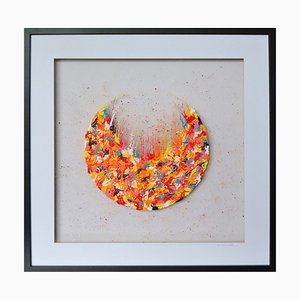


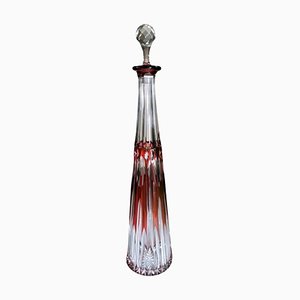
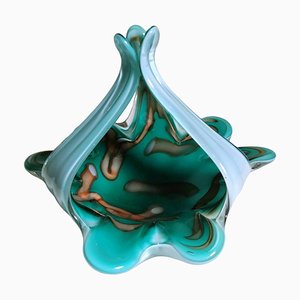







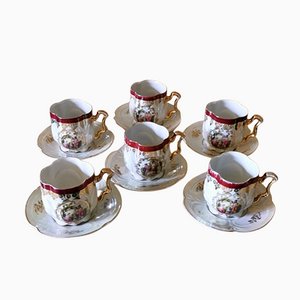









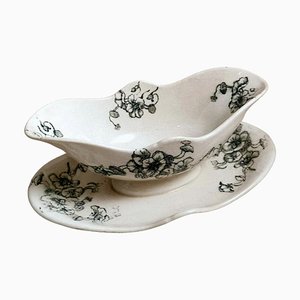
Contacta con nosotros
Haz una oferta
¡Hemos notado que eres nuevo en Pamono!
Por favor, acepta los Términos y condiciones y nuestra Política de privacidad
Contacta con nosotros
Haz una oferta
¡Ya casi está!
Para seguir la conversación en la plataforma, por favor completa el registro. Para proceder con tu oferta en la plataforma, por favor completa el registro.Exitoso
Gracias por tu consulta, alguien de nuestro equipo se pondrá en contacto contigo en breve.
Si eres profesional del diseño, por favor solicita aquí los beneficios del Programa comercial de Pamono